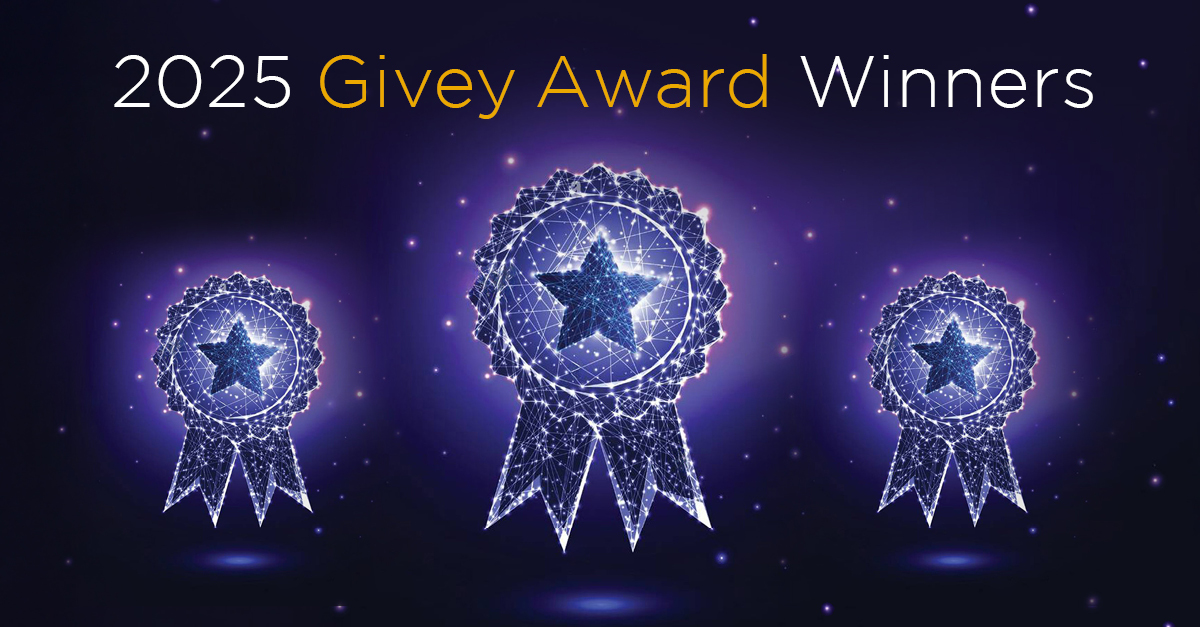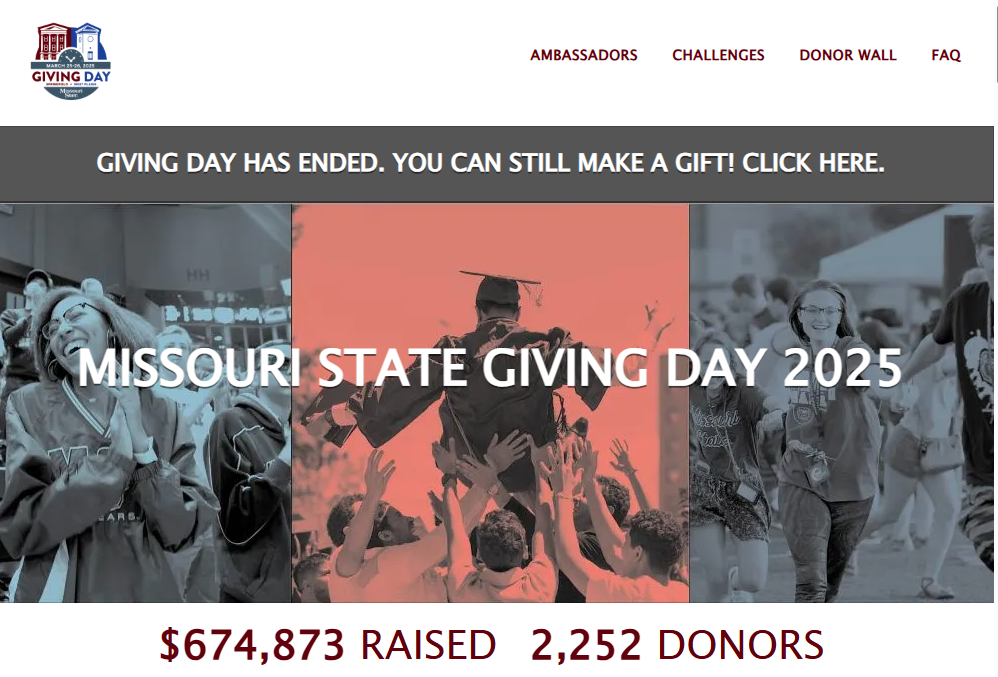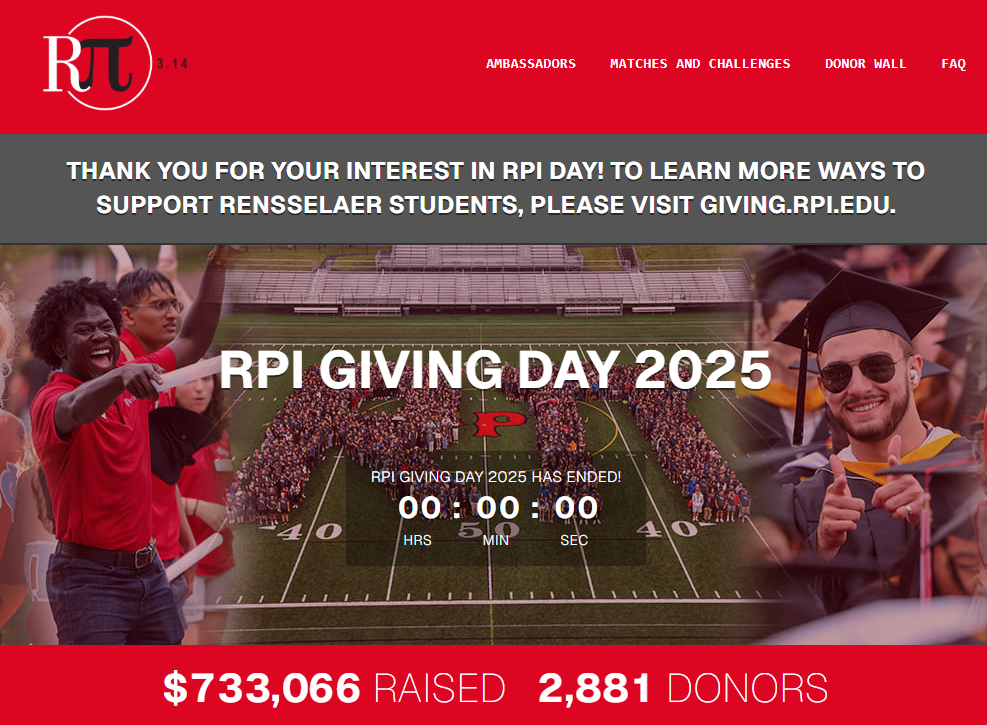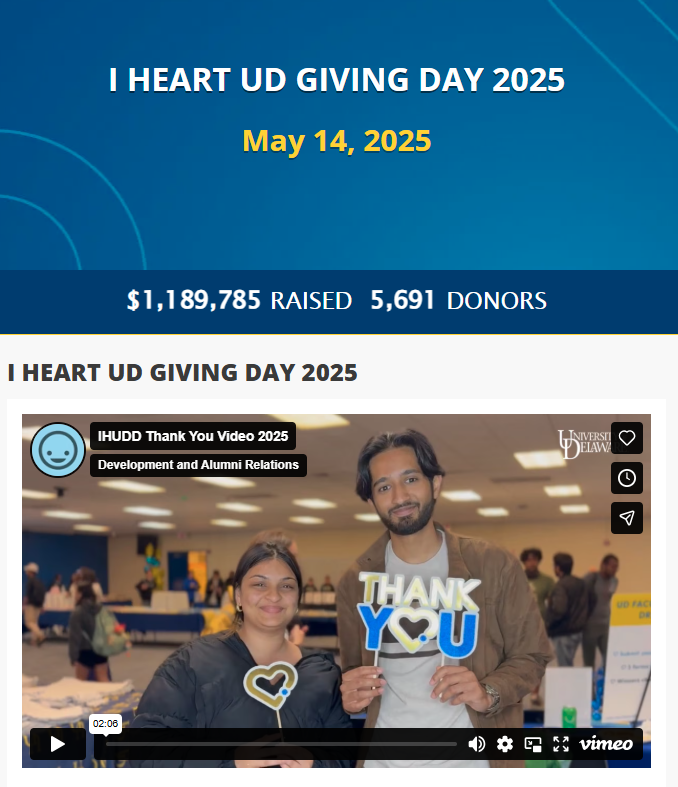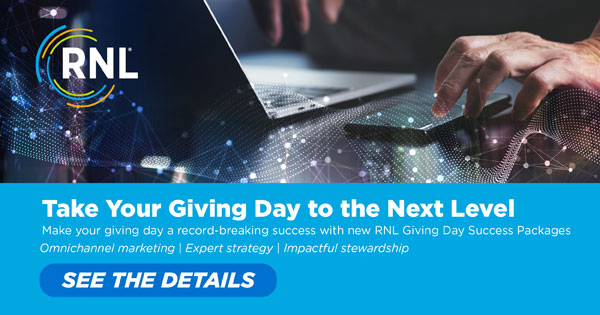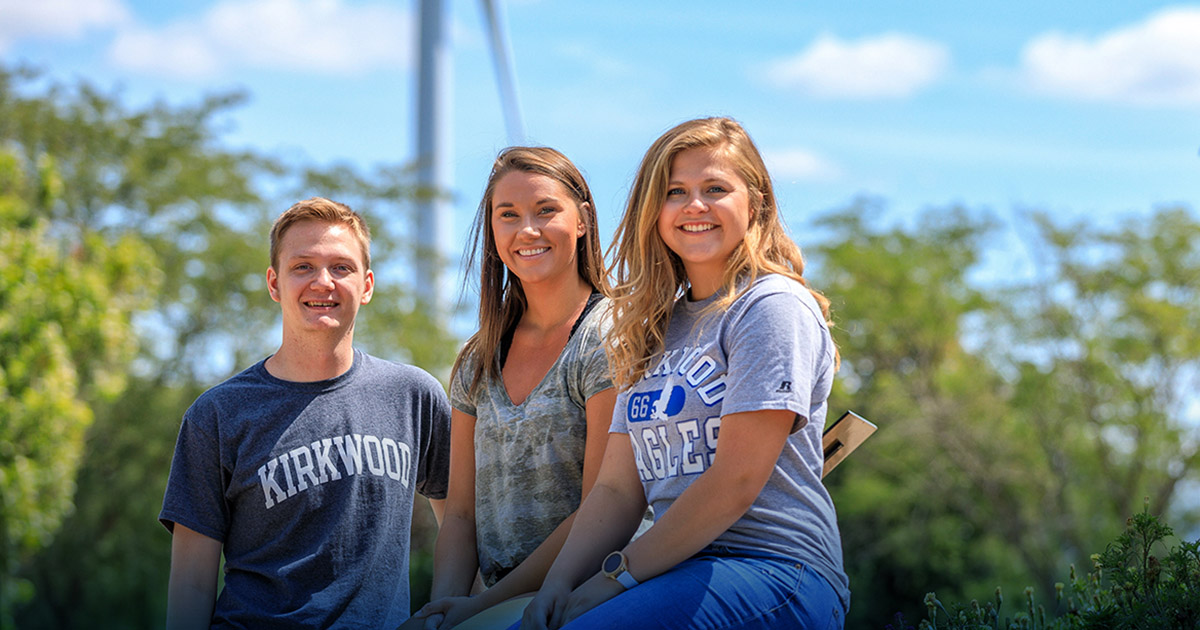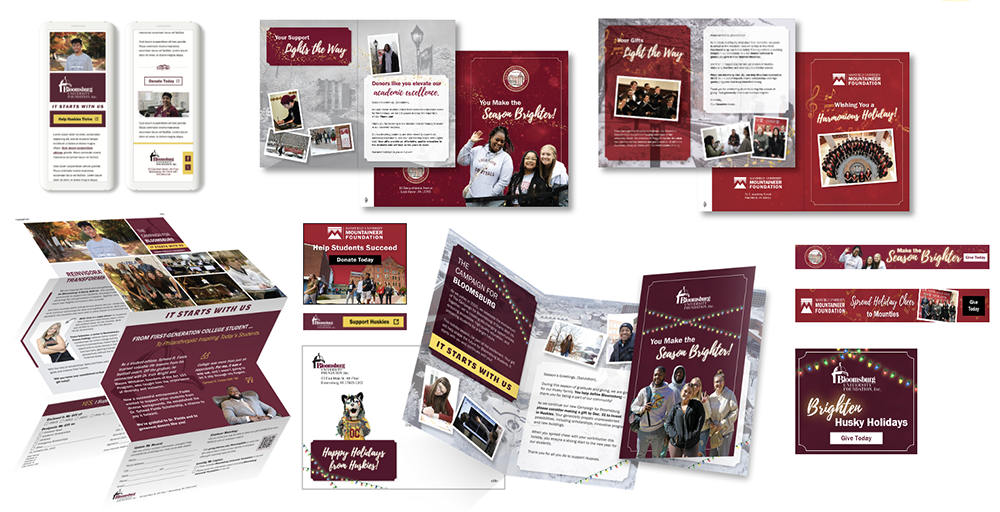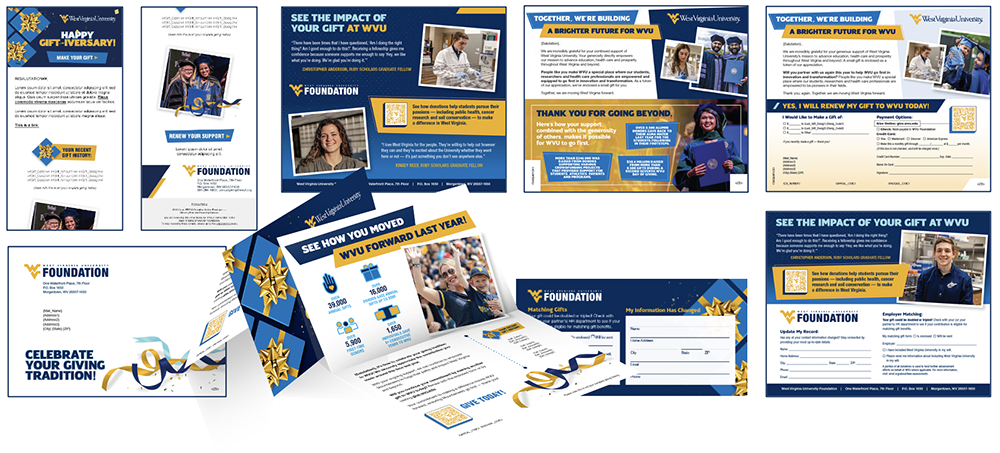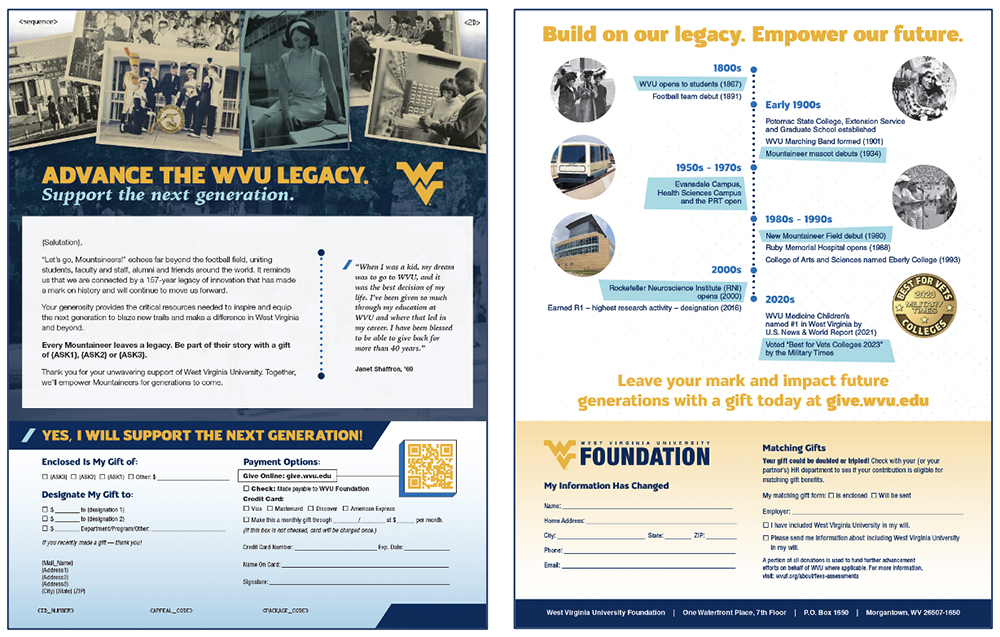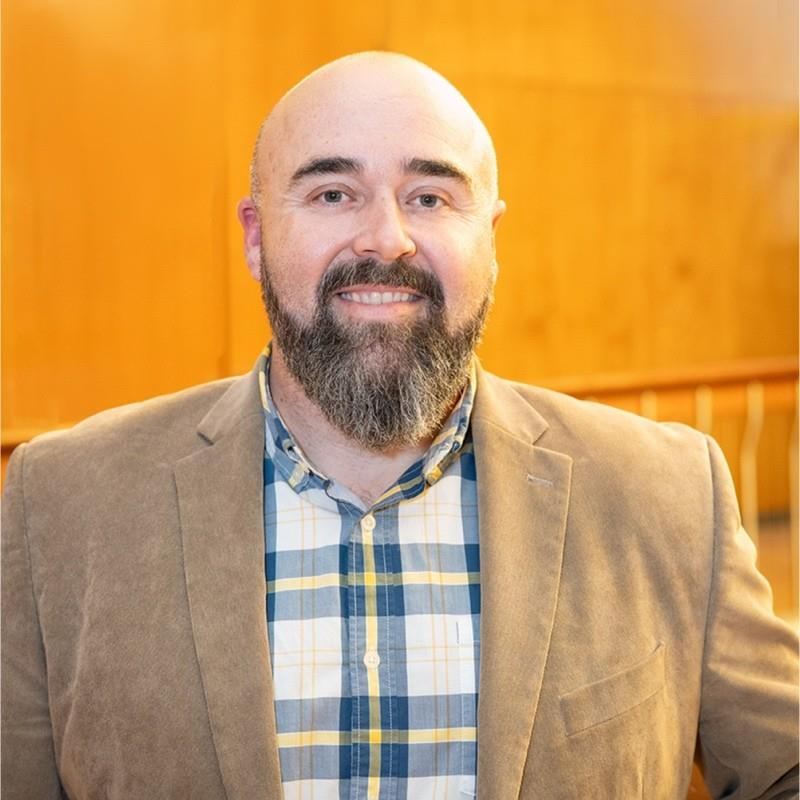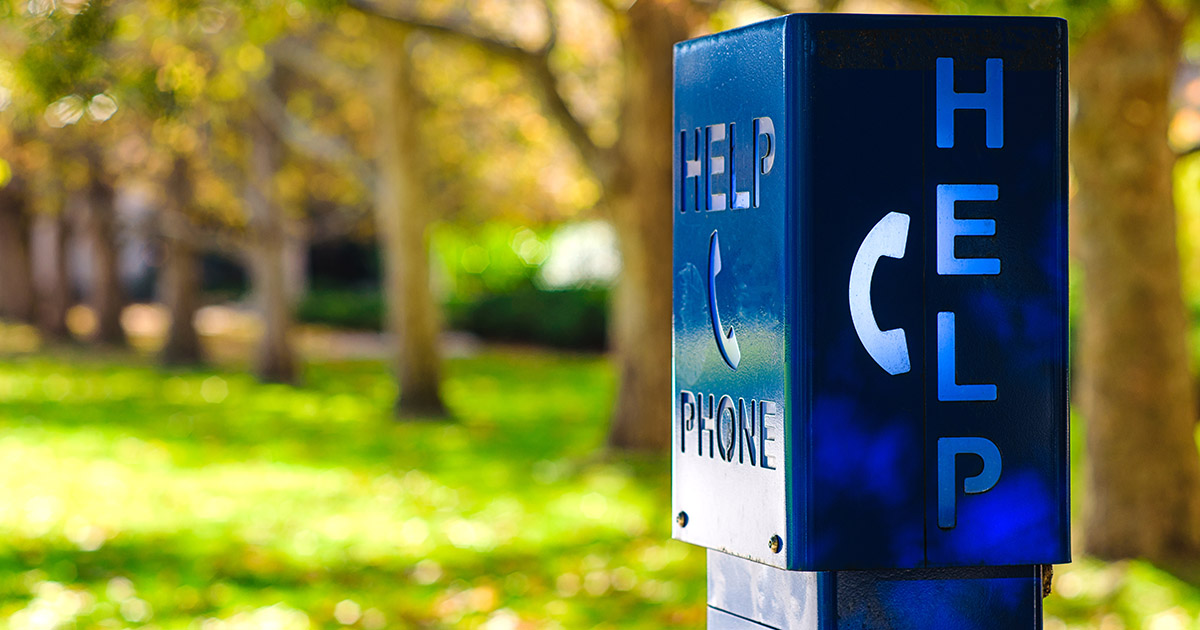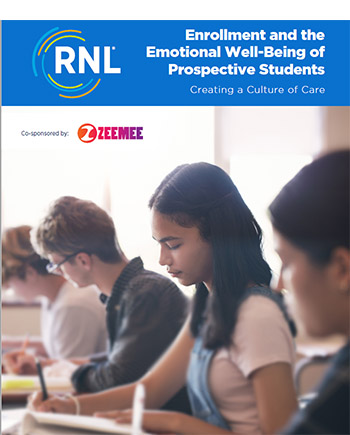Giving days have become a foundation for fundraising, helping institutions energize their donor base and create an incredible burst of philanthropic passion. As these days have evolved, so have the strategies institutions have used to amplify their efforts, rally donors around a theme, and gamify giving to take the results to the next level.
To recognize the creativity and strategy of these programs, RNL created the Giveys, and annual award celebrating the most innovative and successful Giving Day campaigns. This year we are pleased to announce 28 winners among our ScaleFunder partners.
The Giveys showcase a sampling of the outstanding work and unique approaches RNL’s many partners take to engage their communities and maximize their fundraising efforts. This year’s winners used pop culture-inspired themes and high-tech ambassador toolkits to bolster strategic support from the ScaleFunder and use of our easy-to-build platform to generate record-breaking fundraising events. Read about the winners and see their giving pages below, or watch our recent webinar where we unveiled the winning institutions.
2025 RNL Giveys Winners & Highlights
Category: Creative Giving Day Theme
- Winner: University of Texas at Dallas
- University of Texas at Dallas launched a fully integrated Taylor Swift-inspired campaign that spanned their logo, site text, graphics, and ambassador toolkit. The theme culminated in a fun, on-campus concert featuring a Taylor Swift impersonator and a selfie station.
- Winner: Missouri State University
- Missouri State won for their Taylor Swift-inspired theme that carried across their site’s banner image and ambassador materials, demonstrating a high-energy approach that resonated with their community
Category: Omnichannel Engagement
- Winner: Michigan Tech University
- Michigan Tech University was recognized for their professional and unified omnichannel strategy. They utilized high-quality branding, student photos, and front-and-center dates across postcards, digital ads, and email to ensure the campaign was seen everywhere.
Category: Creative Social Media
- Winner: West Virginia University (WVU)
- West Virginia University was celebrated for its use of creative social media challenges and contests, leveraging the Walls.io social media aggregator. Our favorites included a “Day of Giving Social Prop Challenge” tied to their save-the-date postcard, a “Country Roads Challenge” asking people to sing the John Denver song, and a “Pet Photo Challenge.”
Category: Gamification Excellence
- Winner: The University of Mississippi
- The University of Mississippi team was honored for leaning into what makes them unique! They tied their campaign to the hearts of their donors by offering unique and personalized rewards such as a manufacturing excellence fire pit and a signed, personalized print from artist Marshall Ramsey.
- Winner: Indiana State University
- Indiana State was recognized for an excellent display of matches and challenges on their site, particularly the “New Donor Challenge.” This challenge targeted first-time donors, successfully using a major gift to be unlocked once a specific number of new donors gave.
- Winner: Rensselaer Polytechnic Institute (RPI)
- We applaud RPI for tying their gamification directly into their giving day date, March 14th (Pi Day). Challenges included goals like 3,142 laps around the armory and gifts of $3.14 or $31.42, along with highlighting pet posts for their president’s dog’s birthday party.
- Winner: Montclair State University
- Montclair State University was highlighted for their fun, relatable challenge that asked young alumni to “give up a coffee” and make a modest gift, then rewarded them with a coupon for a free coffee, encouraging repeat engagement.
Category: Ambassador + Donor Engagement
- Winner: University of Oregon
- The University of Oregon won for their “Ducks Give Day” campaign. They offered a free sticker pack for signing up as an ambassador and motivated participation in their “You+2” campaign, where ambassadors made a gift and secured two others to make a gift, then they earned an exclusive Oregon pin and pair of socks.
- Winner: The University of Texas Health Science Center at Houston
- UT Health Houston put together a Giving Day campaign toolkit to engage the ambassadors by providing professional, easy-to-use graphics and copy-and-paste sample messaging. The success of their campaign stemmed from understanding of their audience and a commitment to making it simple for people to spread the word and help them meet their goals.
Category: On-Campus Engagement
- Winner: University of Wisconsin-La Crosse
- Celebrated for an excellent on-campus promotion strategy to generate awareness and engagement, which included free T-shirt giveaways, a kickoff pep rally, a voting contest for campus areas to receive funding, and a “Class Cab” golf cart.
Category: Awesome Greek Organization
- Winner: Kappa Alpha Theta
- Kappa Alpha Theta was recognized for their well-designed and welcoming ScaleFunder site design, which featured animated graphics and powerful donor testimonials directly on the page, leaning into their core message of sisterhood and connection.
Category: New Giving Day Partner
- Winner: University of Delaware
- The University of Delaware was honored for their successful first “iHeartUD Giving Day,” demonstrating excellent branding and execution, especially after needing to change their Giving Day date. Their quick, professional communication and successful campaign showed great promise, and they were true experts at keeping their community in the loop about iHUD happenings.
- Winner: California State University, Stanislaus
- California State University, Stanislaus was recognized for a very strong entry, leveraging years of success with RNL’s crowdfunding platform for their first Giving Day. They created a unique theme, “1960 Minutes of Giving” (based on their founding year), and used a unique domain label: “stanforacause.”
Category: Fall Giving Day
- Winner: The University of Alabama
- Featured for their recent “Clash of the Capstone” campaign, which pitted students against alumni in a competition to see who could bring in the greatest number of gifts, creating a fun, engaging way to host a second, focused giving day in the fall.
- Winner: UC Berkeley
- Recognized for the success of their second annual fall giving day, the “Oski’s Bearathon.” The campaign, which focuses on driving donations to student organizations, uses a fun, quirky theme and is a top example of how to successfully run multiple, distinct Giving Day campaigns in one year.
Category: Frictionless Giving Experience
- Winner: Butler University
- Butler University was celebrated for proactively adding custom questions to their donation form to collect information vital for advancement services and athletics, streamlining the gift processing workflow for their campus partners.
Category: Giving Day Video
- Winner: University of Houston
- The University of Houston created an engaging Giving Day campaign, which featured a video game theme. This included a fun, well-done video and the development of an actual playable game called “Shasta’s Birthday Dash,” accessible right on their Giving Day site. This gamified approach allowed participants to play, collect points by passing virtual campus landmarks, and track their scores on a visible leaderboard, making the celebration of their “years of excellence” a memorable and interactive experience.
Category: Incentivized Giving
- Winner: Northern Kentucky University
- Northern Kentucky University developed highly effective donor incentives as part of their annual Giving Day campaign. These incentives included offering a choice of a long-sleeve T-shirt for any gift of $68 or more (honoring their founding year) and leveraging a partnership with AAA to enter all donors of any gift size into a drawing to win two round-trip Delta Airline ticket vouchers anywhere in the continental United States.
Ready for a record-breaking giving day?
RNL Giving Day Powered by ScaleFunder combines the most powerful giving day platform with strategic assessments, omnichannel marketing, and stewardship to make your giving day a major success and increase future giving.
Category: Site Design
- Winner: The University of Mary Washington
- The University of Mary Washington earned recognition for their successful site refresh, which featured a custom-drawn campus wallpaper design for their Giving Day platform. Additionally, they leveraged a unique campus tradition, the “Devil Goat Challenge,” which pits even and odd class years against each other for additional challenge funds.
- Winner: Ivy Tech Community College
- Ivy Tech Community College Giving Day campaign prioritized team alignment across the entire organization and featured a visually fantastic site design. Their platform created a positive, celebratory atmosphere through its use of dynamic graphics and animation, including a banner with confetti dropping.
- Winner: Tarleton State University
- Tarleton State University created a professional and engaging Giving Day site that effectively showcased their branding, especially for the Texan Excellence Fund. Their use of vibrant giving area tiles that instantly captured attention and encouraged visitors to scroll and click through to learn about the different campus areas needing support.
- Winner: Washington State University
- Washington State University reached the outstanding milestone of their 10th annual Giving Day this year with their, “Cougs Give,” campaign. The university Giving Day site is well designed, featuring a “film noir” theme that used black and white imagery with a bold pop of red in their tile graphics, creating a memorable and visually sophisticated look that was carried throughout the entire campaign.
Category: Multi-Campus Showcase
- Winner: The University of Alaska
- The University of Alaska leveraged an exceptional multi-campus showcase feature, which unified its various campus identities through the creative use of their mascots. Their campaign stood out with engaging features like mascots animating in and out of the banner images and a fun “hide and seek” challenge that visually highlighted each campus’s unique identity.
Category: Athletics Giving Day
- Winner: Virginia Tech University
- Virginia Tech successfully hosted a second Giving Day specifically dedicated to their athletics, branded with the strong theme “Triumph Together.” This initiative united the university’s annual giving and athletics teams, serving as a powerful tool to generate engagement, secure great donor numbers, and cultivate loyal, all-around Virginia Tech fans.
Category: Giving Tuesday
- Winner: Northern Arizona University
- Northern Arizona University was recognized for their cohesive and successful Giving Tuesday campaign that featured a fall theme and their “Lumberjacks” identity. Their strategy featured a beautiful site design and creative, engaging messaging, such as substituting “gifts” with “axe of kindness” and playful puns to reinforce the thematic branding and celebrate who they are.
Category: Early Giving
- Winner: Marshall University
- Marshall University was recognized for their creative and effective use of early giving functionality on the ScaleFunder platform, which streamlined the donation process for both donors and staff. They simplified the experience by allowing gifts directly on the campaign site, customizing the donation button to say “Give Early,” and easily hiding the total aggregator and donor wall until the official launch to generate excitement.
Category: Wild Card
- Winner: Salem State University
- Salem State University was recognized for enhancing their Giving Day with creative, multi-media engagement features promoted directly on their homepage, offering fun ways for their community to participate beyond just donating. These features included a high-energy “Viking Warrior Day hype up” Spotify playlist and a curated YouTube playlist offering various pre-recorded activities, such as an alumni-led morning yoga session and an evening meditation.
Ready to have your award-winning Giving Day?
These stories of record growth, community engagement, and frictionless giving celebrated at RNL’s 2025 Giveys highlights that with the right tools, consulting support, and strategic planning, any institution can host a successful and engaging digital fundraising campaign.
Whether you’re looking to launch your first Giving Day, elevate your annual campaign, or start a new crowdfunding initiative, RNL’s ScaleFunder platform provides the technology, insights, and support to turn your vision into a fundraising victory.
Contact us today to explore how RNL’s ScaleFunder can help you engage your donors, mobilize your ambassadors, and build a tradition of giving day excellence.

